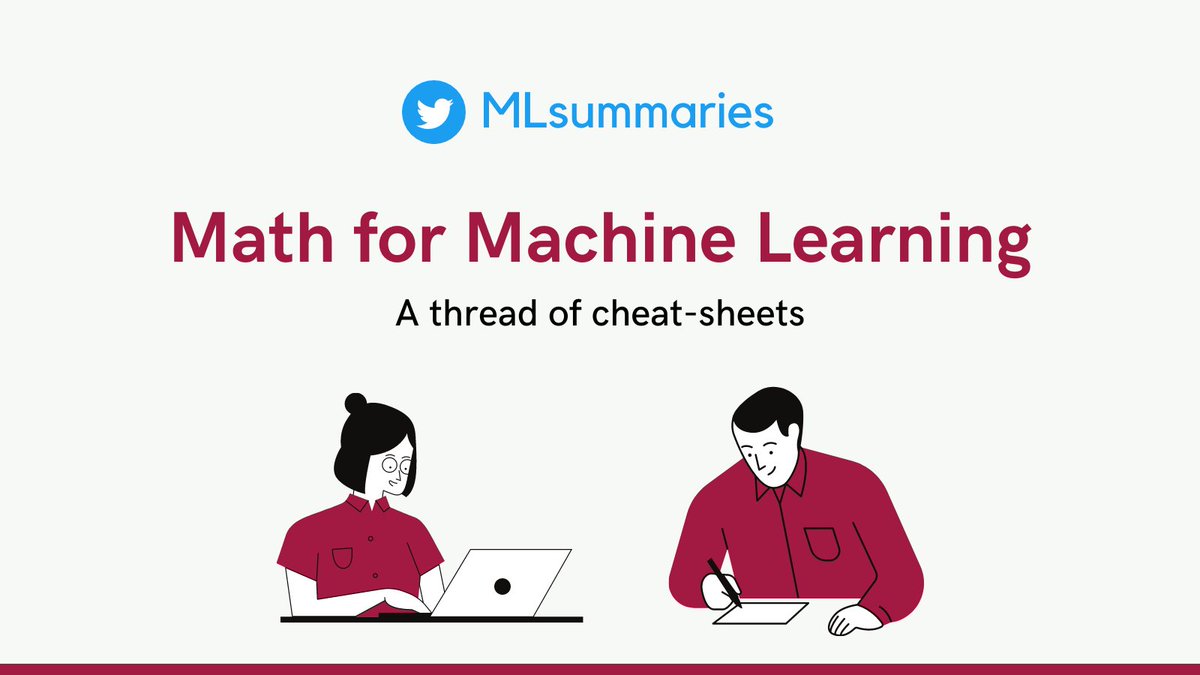
There are way too many papers on #MachineLearning and on #DeepLearning these days. How to choose which papers to read? A tiny thread 🧵
The first one is our absolute favorite. Arxiv sanity by none other than @karpathy!
Link: arxiv-sanity.com
Link: arxiv-sanity.com
The second one is by @labmlai. It is pretty new and the interface is pretty smooth!
Link: papers.labml.ai/papers/recent/
Link: papers.labml.ai/papers/recent/
The third one is by @42papers. The website interface is pretty good and has very similar functionalities.
Link: 42papers.com/Last
Link: 42papers.com/Last
Last but not least, @ak92501 curates really good content every day. Do follow him for the latest research on your feed! 👩💻👨💻
Now pick one and get reading! :) Feel free to comment if we are missing any other websites/ twitter accounts.
• • •
Missing some Tweet in this thread? You can try to
force a refresh











